Bold & Brilliant Paint Effects
10 Jun 2021
Warm weather is painting weather, so throw open the windows and find inspiration in these creative painting techniques
By Sara Bruskin
Solid colors on walls are tried and true, but sometimes you need something different and unexpected. So we’ve rounded up a few paint effects to help you create a beautiful accent wall, or an entire statement room. If you love the look, but don’t want to spend the time actually painting it, you can hire a local artist to do the job for you.
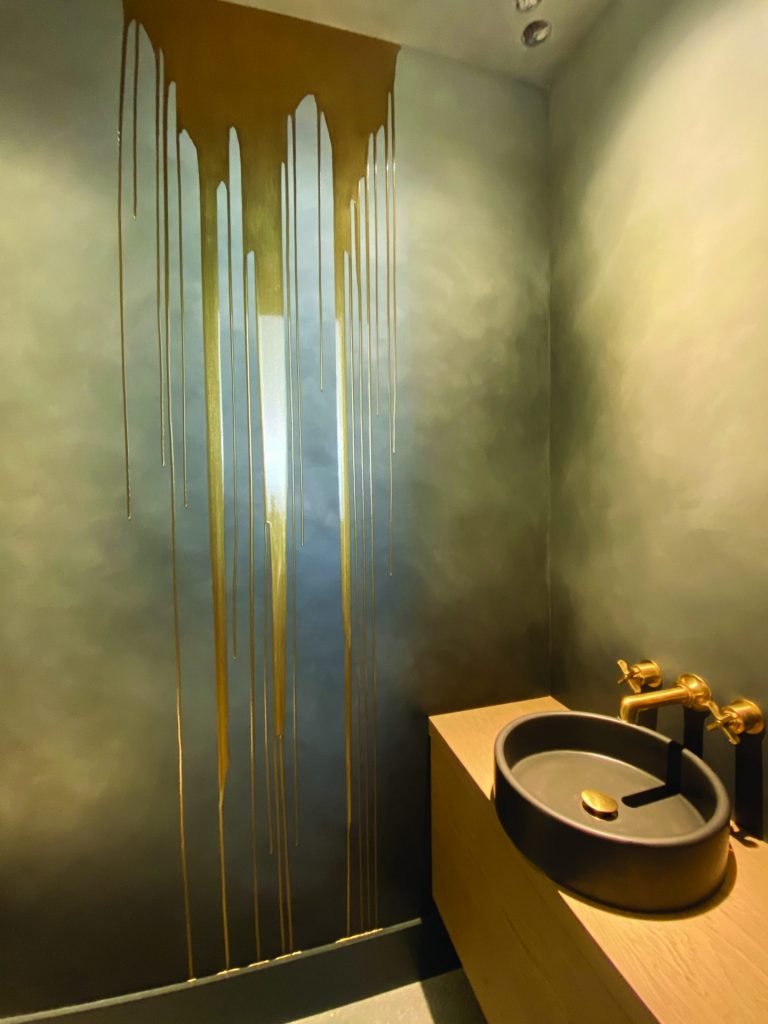
Do Be a Drip
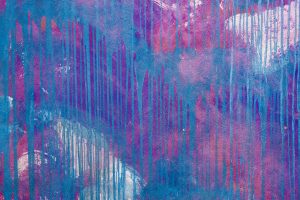 Dripping paint is usually something you want to avoid during interior design projects, but decorative artist Caroline Lizarraga has turned it into a bold statement. Her dripping gold paint effect jumps off the soft, mottled gray and pools atop the baseboards for a luxurious, multidimensional effect. Metallic paints are especially striking for this technique, but if you’re looking for something more subtle, consider sponging mottled base colors onto your wall and then watering down one or two of the colors for drippy accents. Use your sponge to squeeze out some watery paint for a messy, funky look.
Dripping paint is usually something you want to avoid during interior design projects, but decorative artist Caroline Lizarraga has turned it into a bold statement. Her dripping gold paint effect jumps off the soft, mottled gray and pools atop the baseboards for a luxurious, multidimensional effect. Metallic paints are especially striking for this technique, but if you’re looking for something more subtle, consider sponging mottled base colors onto your wall and then watering down one or two of the colors for drippy accents. Use your sponge to squeeze out some watery paint for a messy, funky look.

Painter’s Tape Designs
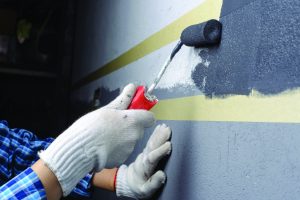
Painter’s tape isn’t just for protecting ceilings and trim. Create a dramatic pattern or color-block design on a wall using a high-quality painter’s tape to separate colors with crisp, clean lines. Measure out a repeating geometric design, sketch a simple mural with lots of straight lines, or just toss up a web of intersecting strips of tape in a random arrangement. The process will vary depending on your desired effect, but a simple method is to roll on a base color and let it dry, apply tape wherever you want that color to show through, and then roll a different color on top. Remove the tape to reveal your design. A quick internet search for “painter’s tape techniques” will result in a wealth of tips and tutorials for different effects.

Painted Shiplap
Everybody who’s ever watched HGTV has heard of shiplap, but this trendy wall covering can be so much more than a textured backdrop. Add a series of alternating paint colors to the boards to make a bigger impact, even in a small space. Divide the boards so you have an equal number for each color, and paint each board individually before you install them so you don’t have to worry about dripping. For a more antiqued look, sand off some of the paint after it dries. You can also use a variety of alternating wood stains if you want to preserve the visible grain.
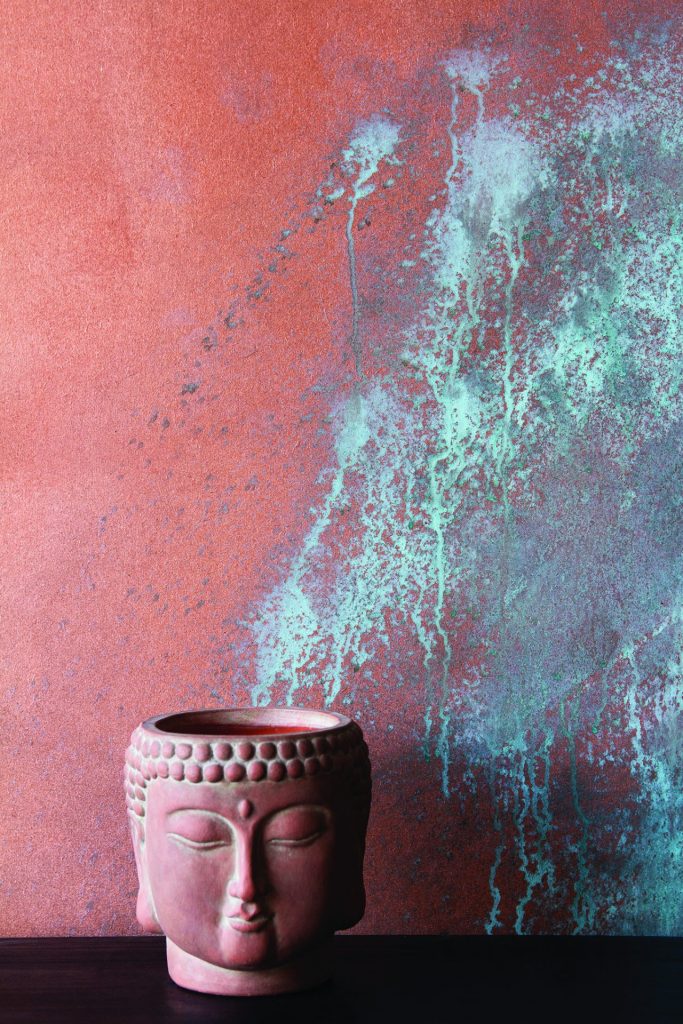
Copper Patina
The rich contrast between a copper base coat and dripping patina accents creates a rustic, weathered look that adds character to any room. Apply a base layer of copper-colored paint with a roller, and then drag a brush through the wet paint at random to roughen up the finish. When it’s just dry, sponge a layer of patina solution over the top in irregular shapes. Add second and third layers of sponging in some areas to create varying depths of patina color. If you want lots of drips, get more patina solution on your sponge.
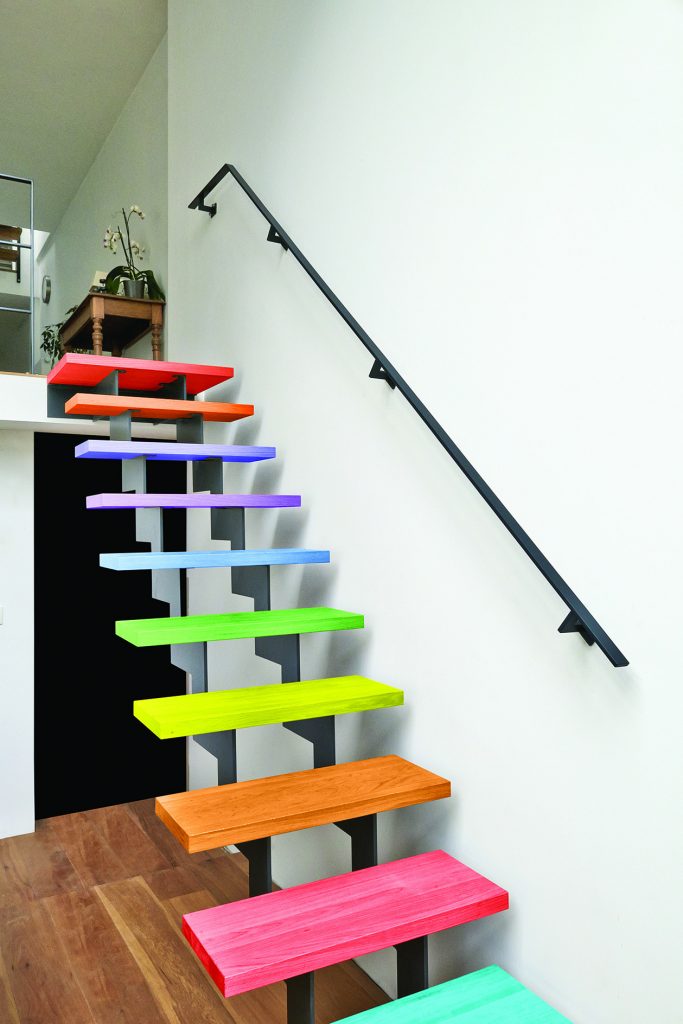
Stairway to Color
Walls get most of the attention when it comes to interior paint jobs, but leaving the walls plain and splashing color over a stairway creates a striking focal point. Paint handrails and balusters in one vivid hue, or select a series of colors to cycle through on the balusters. The stairs and risers also offer great locations for creative color applications. Pick one color that complements your decor, or select several to turn the stairs into a walkable rainbow. If over-the-top color explosion is more your style, paint the stairs different colors and then carry those hues over onto your walls with vertical stripes.

Watercolor
This effect may be a bit daunting if you don’t consider yourself an artist, but the technique is surprisingly forgiving. Start with a collection of water-based paints that overlap well without creating any muddy colors (unless that’s the look you’re going for). Use a brush to paint irregular, rounded shapes on the wall and then use a wet rag to wipe most of the paint away. Leave more paint around the perimeter of the shapes, as watercolor pigments tend to settle around the edges of pooling water. You can also water down your paint and blot it onto the wall with your rag for more texture. If you want to soften the effect, use a spray bottle to apply water directly to the wall and use a clean brush to blend some of your shapes together.

Marbling
There are many techniques for creating a faux marble wall with paint, which makes sense because marble comes in so many varieties. You may have to do some Googling if you have your heart set on a specific style, but here’s a general guide for getting a marbled look: Choose two or three earth-tone colors as a base, and apply them to your wall with a sponge for a soft, mottled look, or use a rag for more color definition. This bit is optional, but you can use a small detail brush to add white or black veins running through your marble. Check out online tutorials for more techniques.

Ombré
If you want to achieve a soft, dreamy ombré look, be prepared to do some serious blending. Start with several cans of paint in all the colors you want, or just select one light color and one darker shade of the same hue, then mix together a few batches with varying amounts of each paint so you have a range of color intensity. Paint broad, horizontal stripes of each color in a gradient and then use a brush to go over the transition spaces until the colors seamlessly meld into each other. Use a spray bottle full of water to dampen sections for easier blending. Conversely, you could go for a less polished look if you leave the color transitions rough and obvious.












